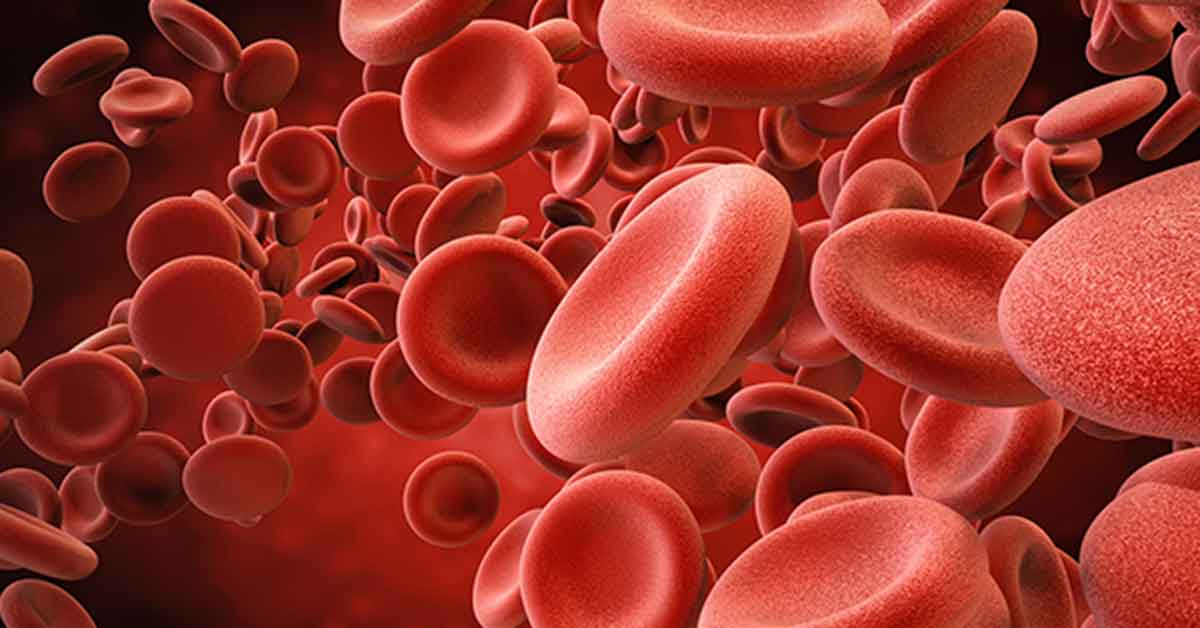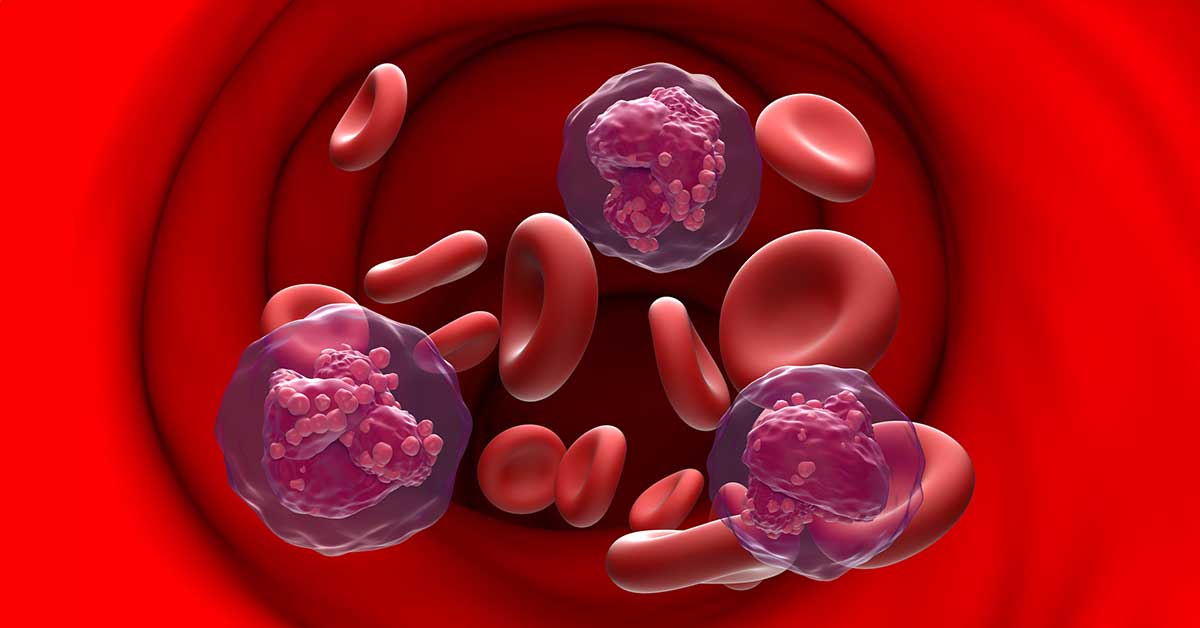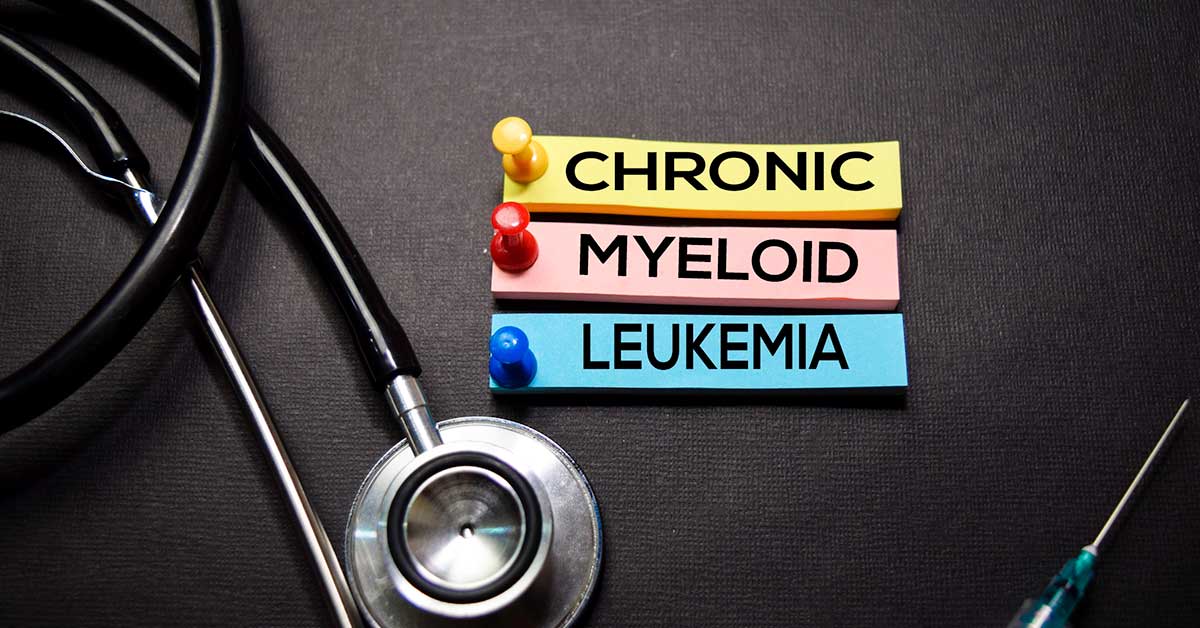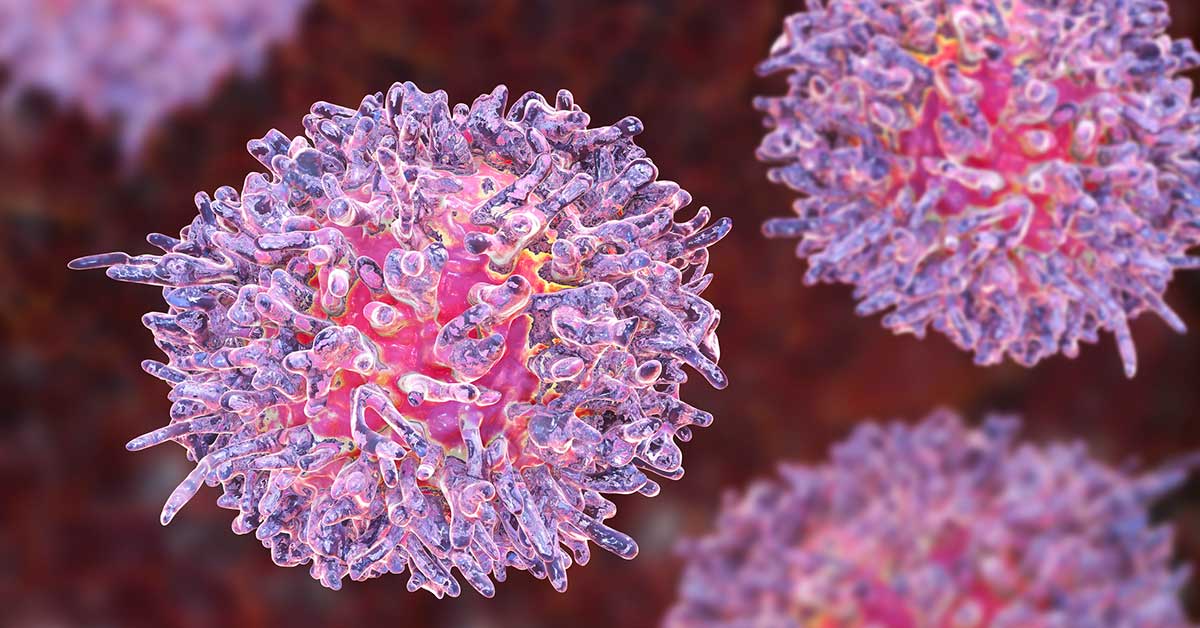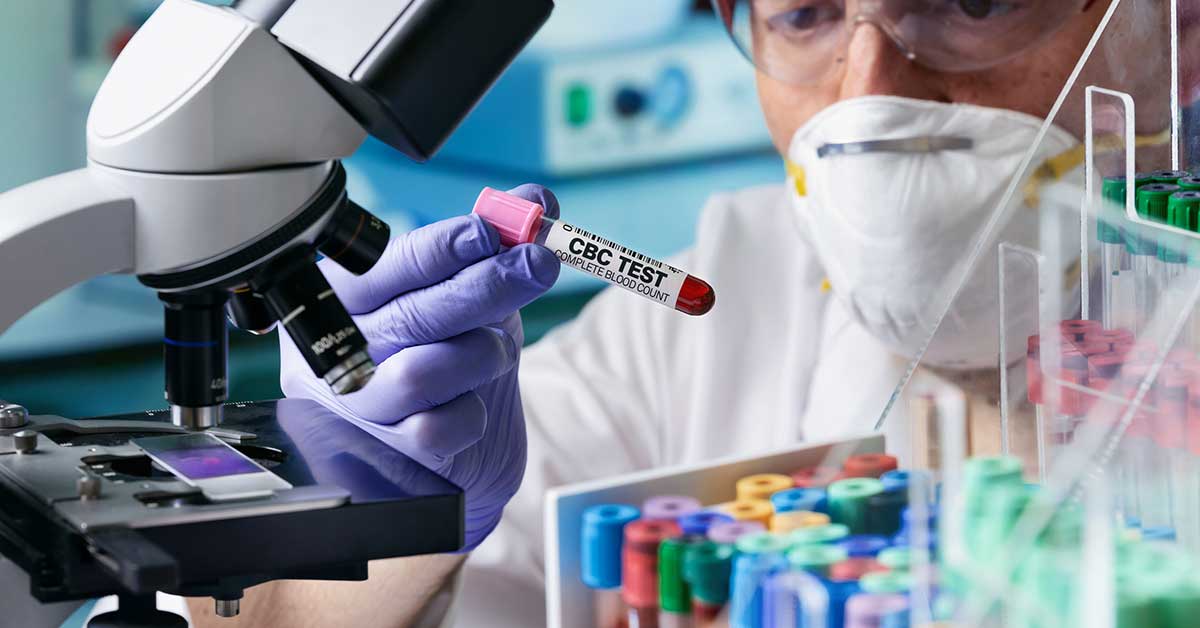Leukemia - Summary, Symptoms & Treatments
Contact Us
What is leukemia?
Leukemia refers to a cancer of the blood that forms when abnormal cells grow rapidly in the bone marrow, where most of the body’s blood is made. It can also develop in the lymphatic system. Leukemia generally involves white blood cells, which help the body fight infection or form blood clots when needed. When the bone marrow produces too many abnormal white blood cells, they do not function properly and begin to crowd out other healthy blood cells. Unlike with most cancers, leukemia cells do not form a mass, or tumors. Leukemia is classified by whether it grows slowly (chronic) or more aggressively (acute) and based on whether it affects lymphoid cells (lymphocytic leukemia) or in myeloid cells.
Back to Top
What are the signs and symptoms of leukemia?
General signs and symptoms of leukemia can include:
- Fever, chills or night sweats
- Persistent fatigue
- Pale skin
- Frequent or severe infections
- Losing weight without trying
- Swollen lymph nodes, enlarged liver or spleen
- Frequent nosebleeds, easy bleeding or bruising
- A skin rash of tiny red spots (petechiae)
- Bone or joint pain or tenderness
Symptoms of leukemia can be vague and many of these symptoms can occur with other more common illness. It is important to contact your health care provider if you experience any of these on a persistent basis.
Back to Top
How is leukemia diagnosed?
Diagnosing lymphoma begins with a physical examination so that your doctor can evaluate the symptoms you are experiencing. Additional information to confirm a diagnosis and how advanced the disease is can be obtained through:
- Biopsy, in which a tissue sample is taken and reviewed by a pathologist.
- Blood tests that analyze white blood cells or detect inflammation.
- Imaging tests, such as computed tomography (CT) scans or positron emissions tomography (PET) scans, which help to identify enlarged lymph nodes, spleen or other organs and detect cancer.
Other types of testing and scans may be necessary to make a definitive diagnosis and to help your care team begin planning for your personalized treatment.
What causes leukemia?
Leukemias occur when mutations occur in the DNA or genetic makeup of blood cells and they begin to grow out of control. Over time, these abnormal cells crowd out healthy cells. Although the exact causes of leukemia are not well known, genetic and environmental factors appear to place some people at higher risk. These include:
- Exposure to pesticides, insecticides and other chemicals
- Exposure to high levels of radiation
- Smoking
- Certain blood disorders
Is leukemia genetic?
Leukemia relates to a person’s DNA. Therefore, it is considered a genetic disease but it is not necessarily inherited. However, if an immediate family member has had leukemia or another blood cancer, you may be at higher risk. Talk with your doctor for more information.
Back to Top
Is leukemia curable?
There is no cure for leukemia. However, survival rates continue to improve and many people do achieve long-term remission.
Back to Top
How is leukemia treated at FCS?
Each patient and each cancer are unique. At FCS, physicians develop a personalized treatment plan in partnership with patients, and based upon the type and stage of leukemia and whether it has spread to other parts of the body. Hematology is a specialized branch of medicine that focuses on the study and treatment of blood-related diseases, including lymphoma. The majority of FCS physicians are board-certified in hematology and medical oncology. This expertise enables them to provide holistic care to patients, using the most advanced treatment options available. Chemotherapy is the major form of treatment for leukemia. Targeted therapies, including immunotherapy, are showing increasing promise. Treatments can also include radiation therapy or bone marrow transplant. At FCS, through our extensive clinical trials research program, we offer our patients access to the most advanced treatment options available. FCS is at the forefront of developing novel therapies that are proving effective and considered best-in-class targeted treatment for certain blood diseases.
What are common risk factors for leukemia?
The risk for leukemia increases with age. Leukemia occurs most often in adults aged 50 and older. It is also the most common cancer in children younger than age 15. Although the exact causes of leukemia are not well known, genetic and environmental factors appear to place some people at higher risk. These include:
- Exposure to pesticides, insecticides and other chemicals
- Exposure to high levels of radiation
- Smoking
- Certain blood disorders
Is there a screening test for leukemia?
There is no standard test currently available to screen for leukemia. If you experience signs or symptoms, it is important to notify your physician.
Back to Top
How to test for leukemia?
Blood tests are used to diagnose leukemia. Blood is analyzed and can identify specific types of blood cells. Bone marrow biopsies and molecular testing can also help determine how advanced the disease may be.
Back to Top


